

Andrew Maclean
Honda CR-V RS e:HEV vs Toyota RAV4 Edge Hybrid: Spec battle
5 Days Ago

Senior Road Tester
To discover the origins of the Fiat 500 – or Cinquecento – you need to go back 63 years, to its Italian launch on July 4, 1957.
It was Italy’s way of getting the population mobile after the devastating effects of World War II on the country. The little 500 answered the brief perfectly, providing cheap transport with an iconic design to boot.
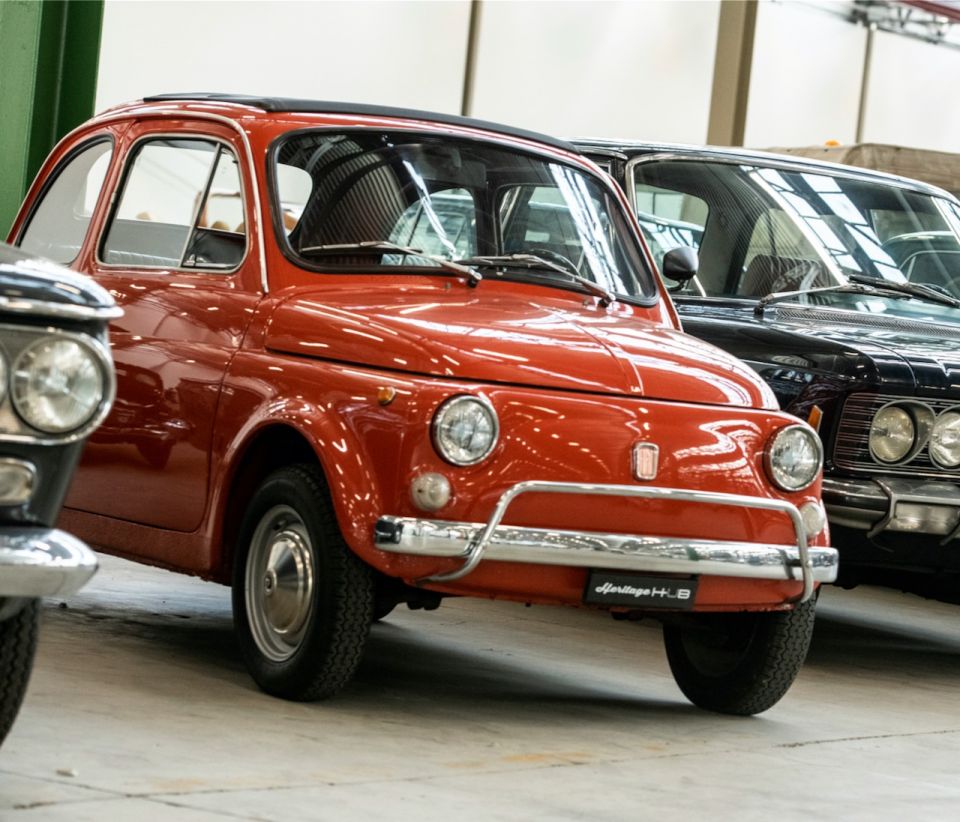
The original Fiat 500 was incredibly successful. It went on to sell for almost two decades, before a lengthy hiatus set in.
More than 30 years would pass before Fiat decided to bring back the once-popular nameplate with the 2007 retro remake we’ve come to love. Along with it has come an endless flow of variants to keep the model fresh over the subsequent 13 years.
The current 500’s longevity is staggering given the speed at which technology has moved over last decade, particularly in infotainment and safety standards.
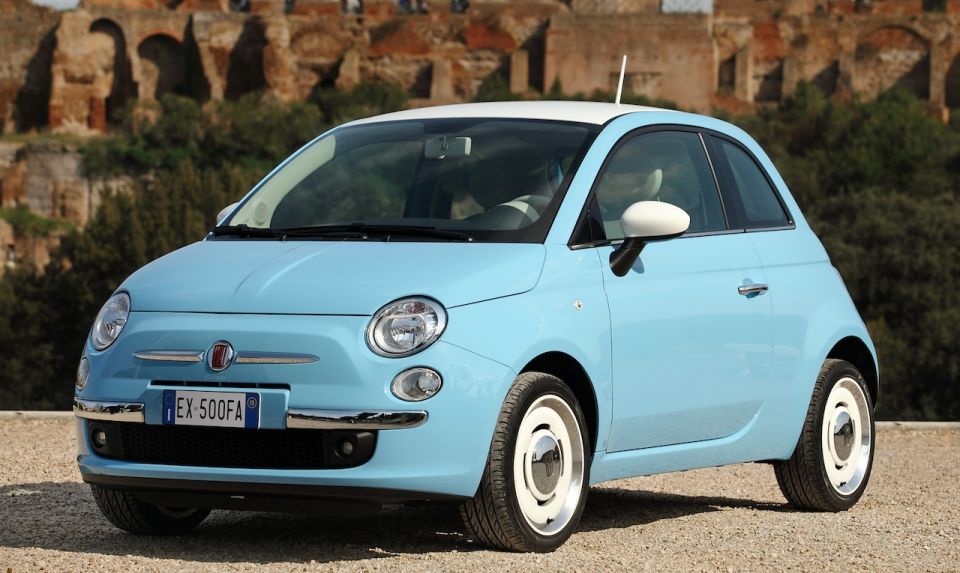
Sales remain strong. The little 500 notched 193,000 global sales in 2019 and 197,000 in 2018 – its best year on sale.
The industry-wide leap in technology in has been huge in recent years, which is why it’s no small feat for such a diminutive car to adapt and remain relevant.
However time stands still for no-one. Something fresh was required as the world moves to electrified powertrains.
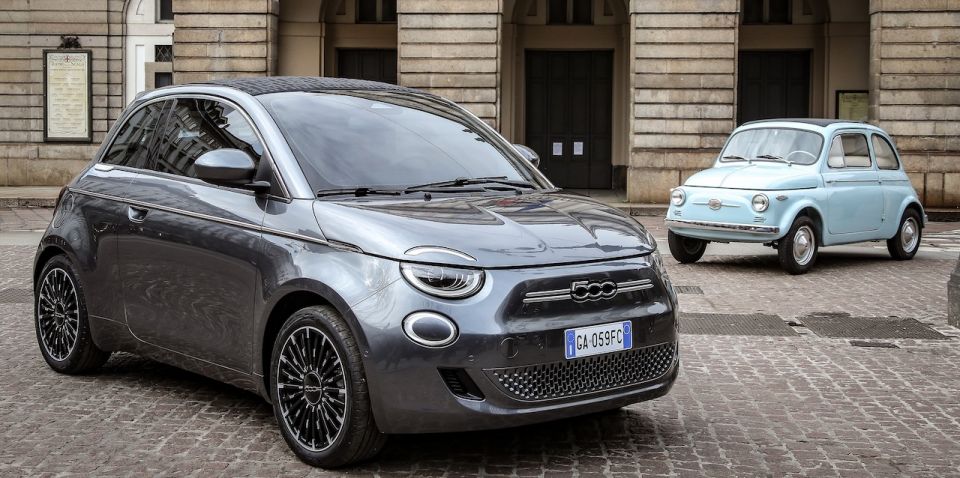
Welcome to 2020, and the third reincarnation of the Cinquecento – this time heralding an “eco revolution”. That’s how Olivier Francois, president of the Fiat brand, described it during the online reveal of the all-new Fiat 500 at the temple of Italian opera, La Scala di Milano.
The most telling thing about the new 500 is the fact it waves arrivederci to the trusty 1.2-litre four-cylinder petrol engine by adopting an electric platform right from the get-go.
It’s a bold move, but according to Francois there won’t ever be an internal-combustion version of the new 500. The existing petrol model will be offered alongside the EV for the time being at least, however.
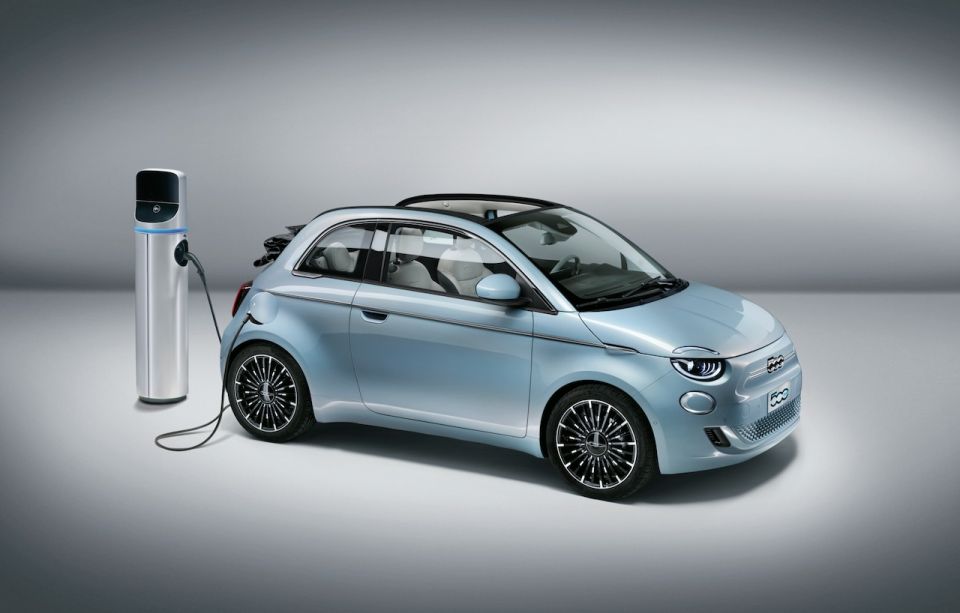
Fiat has gone green from the ground up with the new Cinquecento, and is effectively betting the farm on its success. It’s longer, wider and taller than its predecessor, with a 20mm longer wheelbase, but manages to remain under 3.7 metres (3631mm) long.
That makes for more space than before, with leg- and shoulder room the main beneficiaries. And thanks to the batteries being housed low, boot space remains at the same 185 litres.
It might be a new car, but one glance tells you the 2020 re-reboot is a Cinquecento. The designers have been careful not to play too much with an iconic silhouette, instead opting to again pay homage to the original 500.
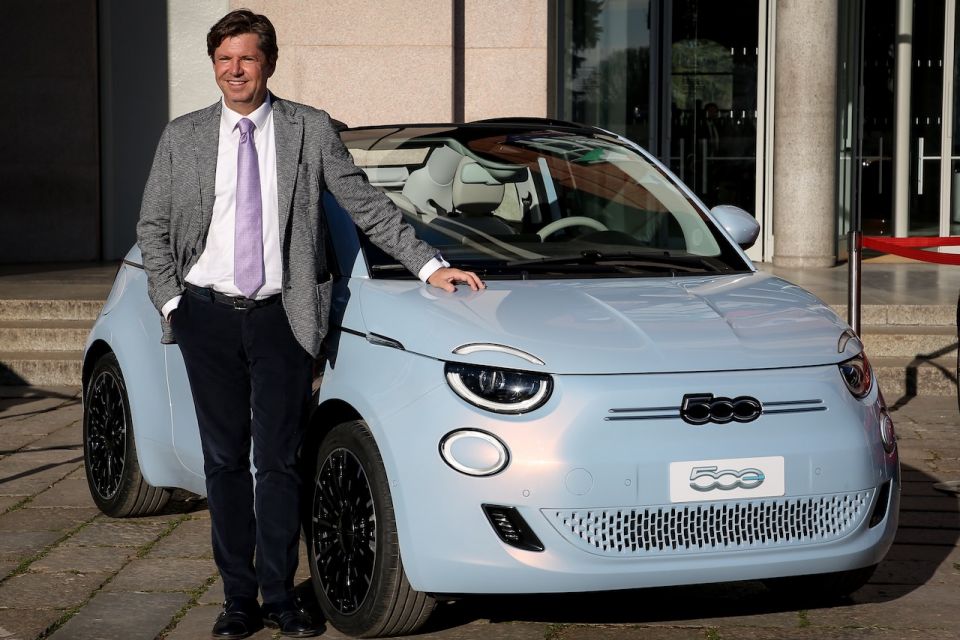
All the classic 500 design cues are there, from the Omega Shield shaped front detailing, to the headlamps below the bonnet shut line and alignment of the Bulge Logo.
There’s 63 years of history wrapped up in this shiny new package, only now the 500 quieter, cleaner, and sharper than ever before.
Interestingly, there’s no Fiat badge on the front of the car. It’s been replaced by 500, while out back there’s a 500e badge to sit alongside the Fiat branding. There are very few character lines, but it appears to have a more assertive stance than the old car.
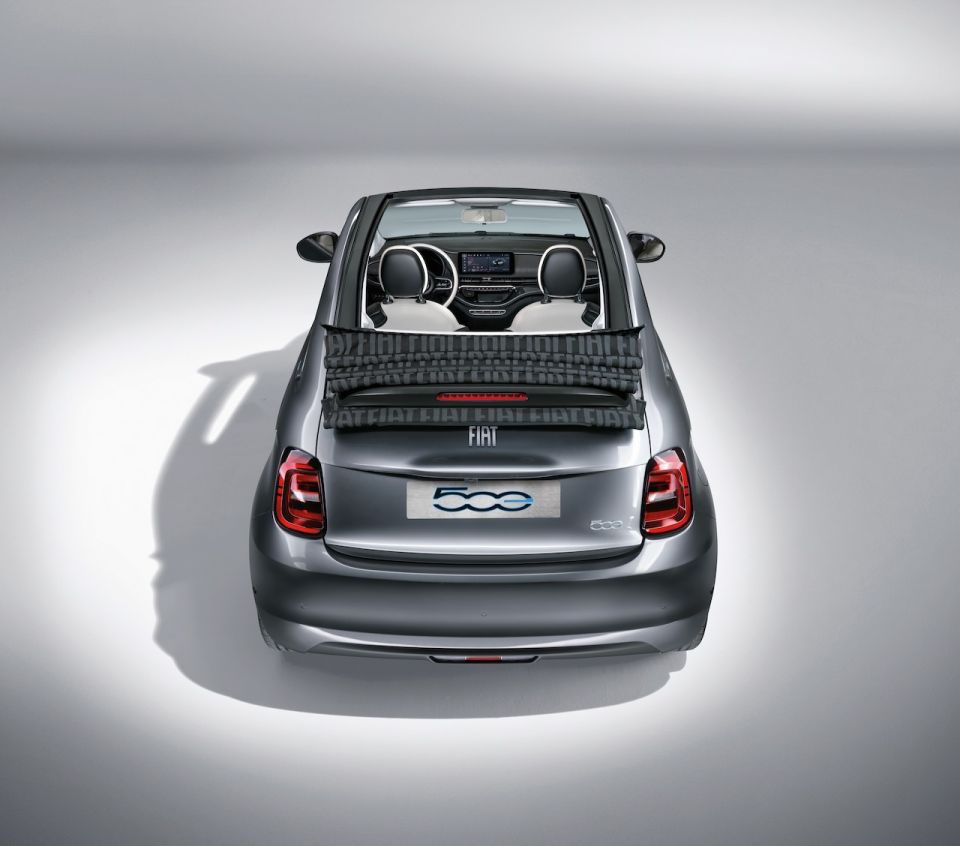
The door handles are now flush and the headlight roundels extend into the bonnet with separate DRLs for a more resolved design.
Powering the new Fiat 500 is a 42kWh lithium-ion battery pack, providing a WLTP range of 320km – extending to 400km on a purely urban cycle. There’s also a Sherpa mode to extend the range by optimising the major outputs and controls. Top speed is limited to 80km/h instead of the regular 150km/h maximum.
There two other driving modes: Normal for everyday commuting and Range, which activates the one-pedal drive system to maximise the 500’s regenerative braking capacity.
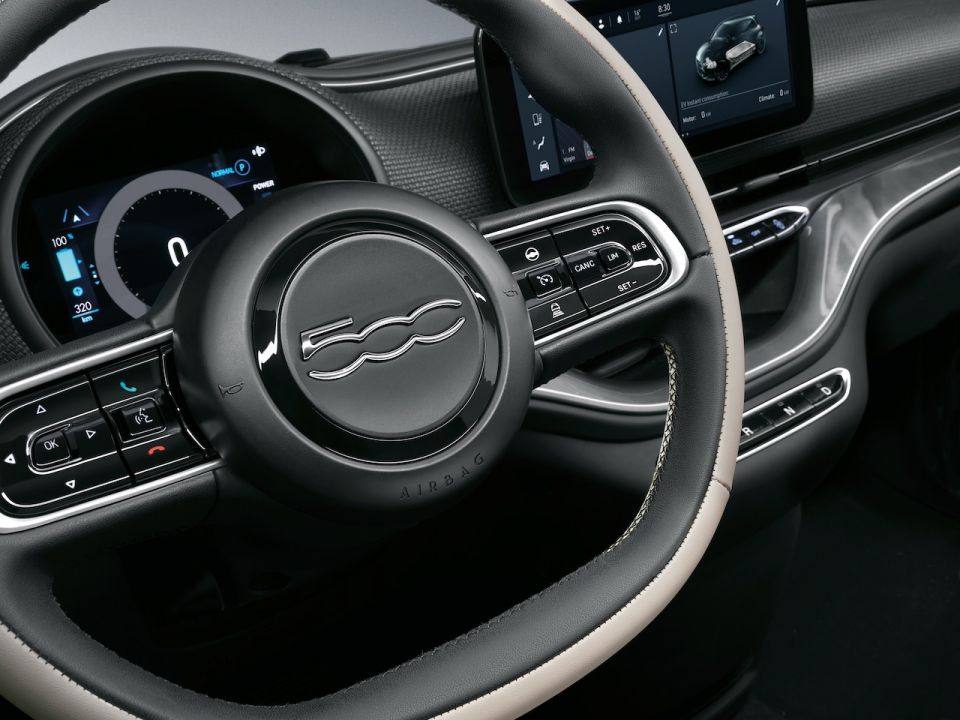
Francois says you’ll be able to charge your new 500 with an 85kW DC fast charger and gain 50km in just five minutes, or to 80 per cent in 35 minutes.
Standard equipment will include a 3kW home charger, but a faster 7.4kW wall box and can give a full charge in six hours. The new Fiat 500 also comes with a Mode 3 charging cable for 11kW public charging.
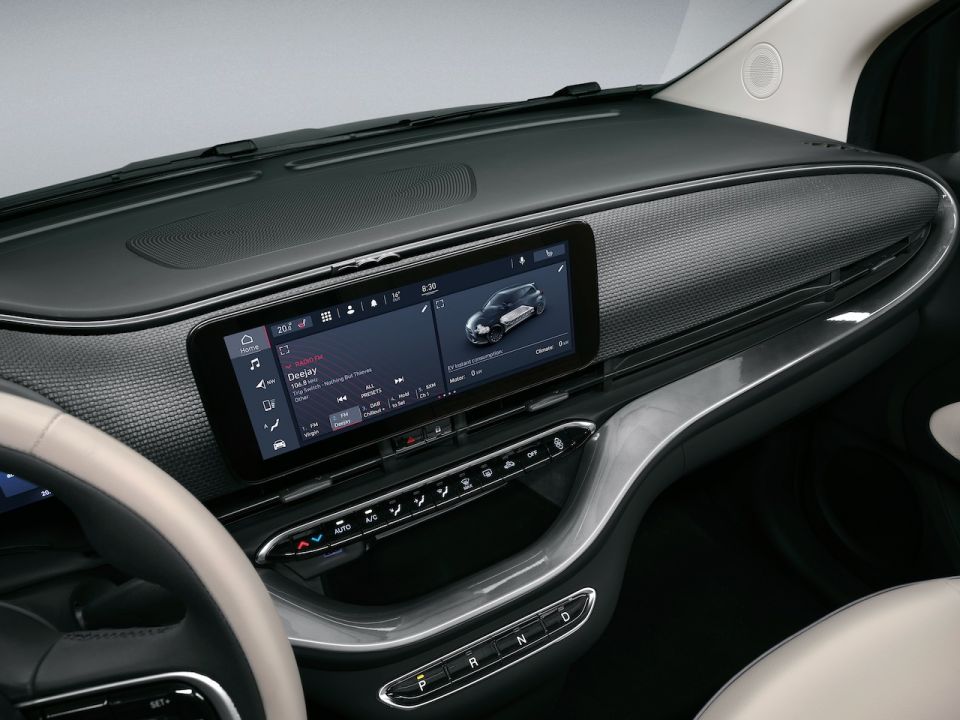
Performance isn’t exactly earth-shattering if we’re talking about the benchmark sprint. The 500 needs 9.0 seconds to sprint to 100km/h, but acceleration out of the gate is far more encouraging with a 0-50km/h time of 3.0 seconds.
Don’t bother looking for the gear lever. It’s been replaced bybuttons along the dash for better packaging and a neater look.
The new Fiat 500 is also rated for Level 2 Autonomous Driving, thanks to a suite of active safety systems such as adaptive cruise control with lane centring, a surround-view camera, blind-spot monitoring, and a high-definition reversing camera.
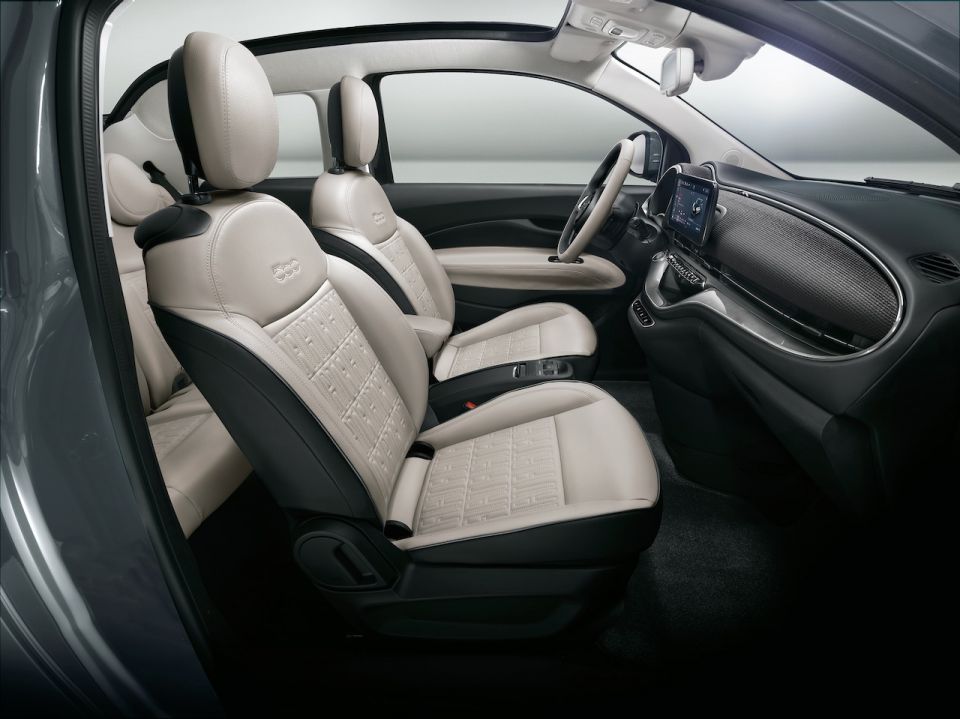
Under its Emergency Tutor suite, the new Fiat 500 also gets autonomous emergency braking with pedestrian and cyclist detection, attention assist, lane control, and emergency call.
There’s also pedestrian warning technology dubbed Acoustic Vehicle Alert System (AVAS) is quite clever and should be the talk of the party (if we have those again) – this is the only car I know of that can play a melody on the move.
In the Fiat 500, the standard tune is Amacord by Italian composer Nino Rota. Never heard it? It’s brilliant for this application.
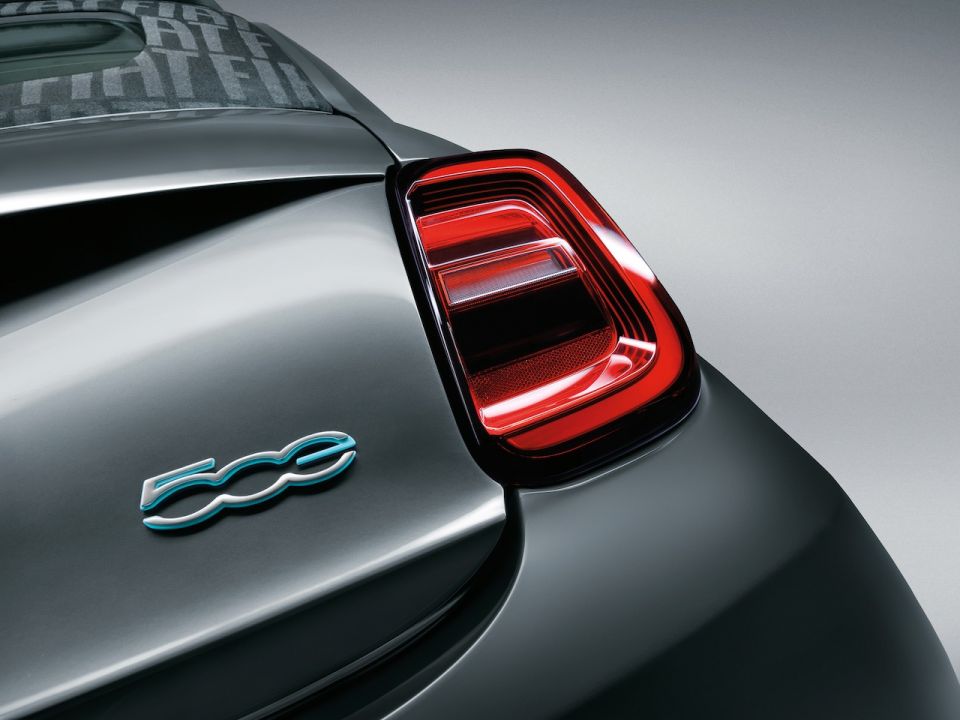
What’s more, you’ll be able to change the tune as easy as you would ringtones on your phone.
The cabin is 100 per cent revolutionary, rather than evolutionary. There are fewer buttons, clean horizontal lines, and a totally modernistic look when you consider the seat fabric is woven from recycled plastic collected from the oceans.
That’s just the tip of the iceberg. The centrepiece is a new 10.25-inch infotainment screen which controls music, satellite-navigation, and DAB digital radio, as well as Apple CarPlay and Android Auto.

The driver is faced with a 7.0-inch digital instrument display. There’s also a central touchscreen, although it can be controlled with speech recognition.
Even the key fob is unique, looking more like a speckled pebble found from the beach in Portofino.
It will also give you access to My Dream Garage, a system that allows you to book another car from within the FCA family, including Alfa, Jeep and Maserati. They need to be booked using your smartphone, just in case you need access to something with more space, pace, or range than the 500.
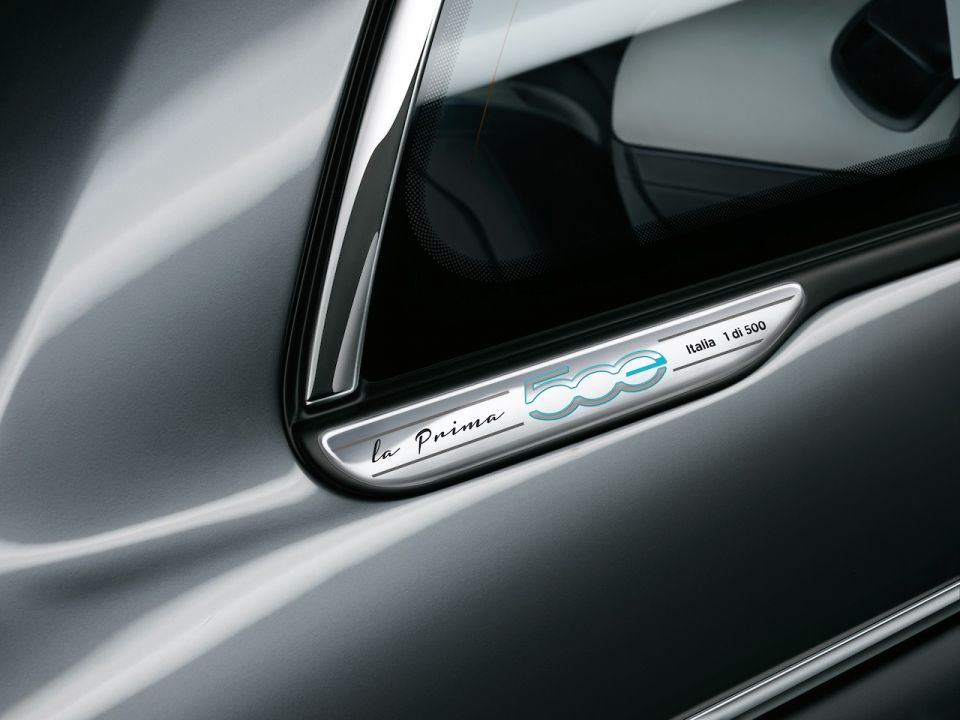
The new Fiat 500e will launch with a limited-edition, individually-numbered version called LaPrima, a range-topping model with all the bells and whistles.
Standard features include LED headlights, eco-leather upholstery, chrome-plated inserts on the windows and side panels, and 17-inch diamond-cut alloy wheels. At launch there are just three colours to choose from: Celestial Blue triple-layer, Ocean Green Pearlescent, and Mineral Grey Metallic.
If you’ve got deep pockets and a passion for protecting the world’s environment you’ll have be able to bid on one of three one-off variants from Italian brand icons Armani, Bulgari, and Kartell – the benefits of which will go to Leonardo Di Caprio’s environmental charities.
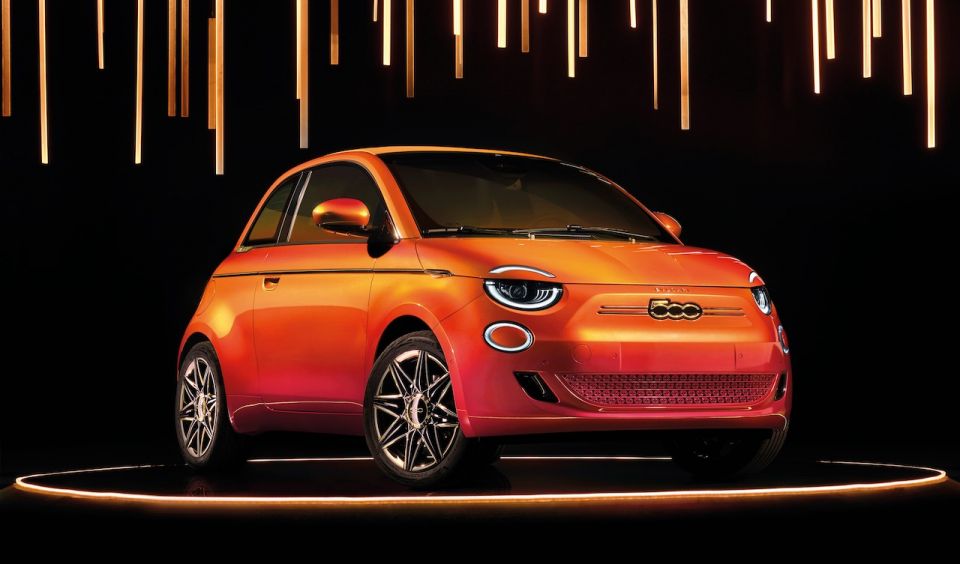
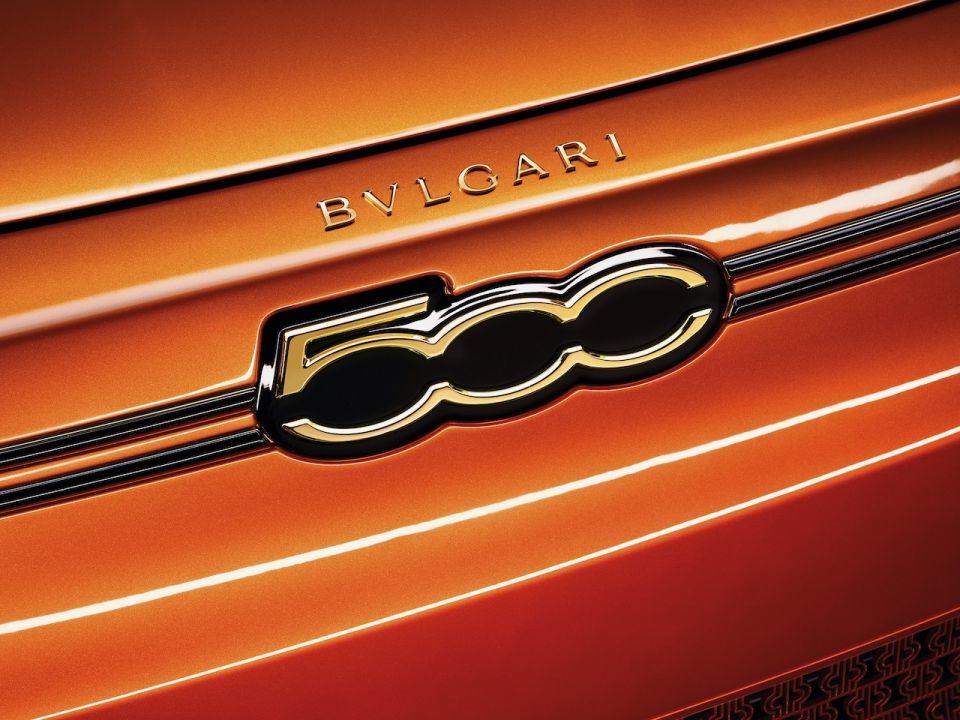
There’s the 500 Giorgio Armani is finished in a special matte green paint that supposedly has the same air purifying power as 10 square metres of leaves, while the rest of the car is wrapped in a material laser engraved to look like Armani fabric.
Inside you’ll find recycled wood from suppliers battling deforestation, and wool fabric for the upholstery.
From Bulgari it’s the B.500 Mai Troppo (Never Too Much), finished in orange paint with flecks of real gold dust. Meanwhile, the entire dash is wrapped in unsold silk from Bulgari’s boutiques.
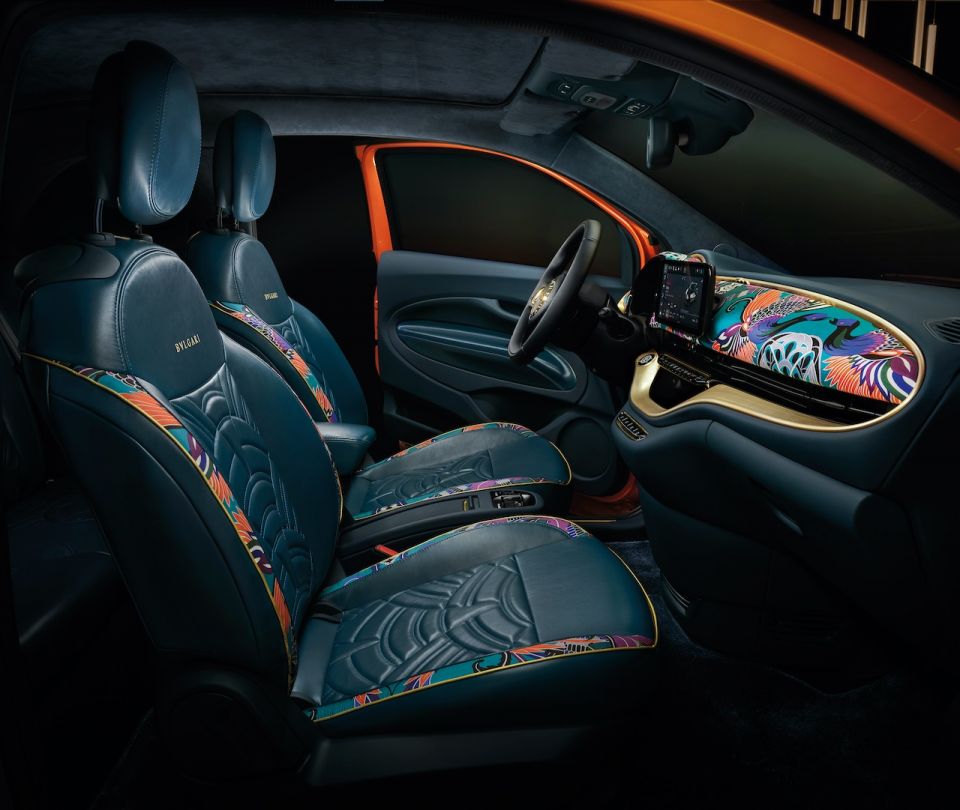
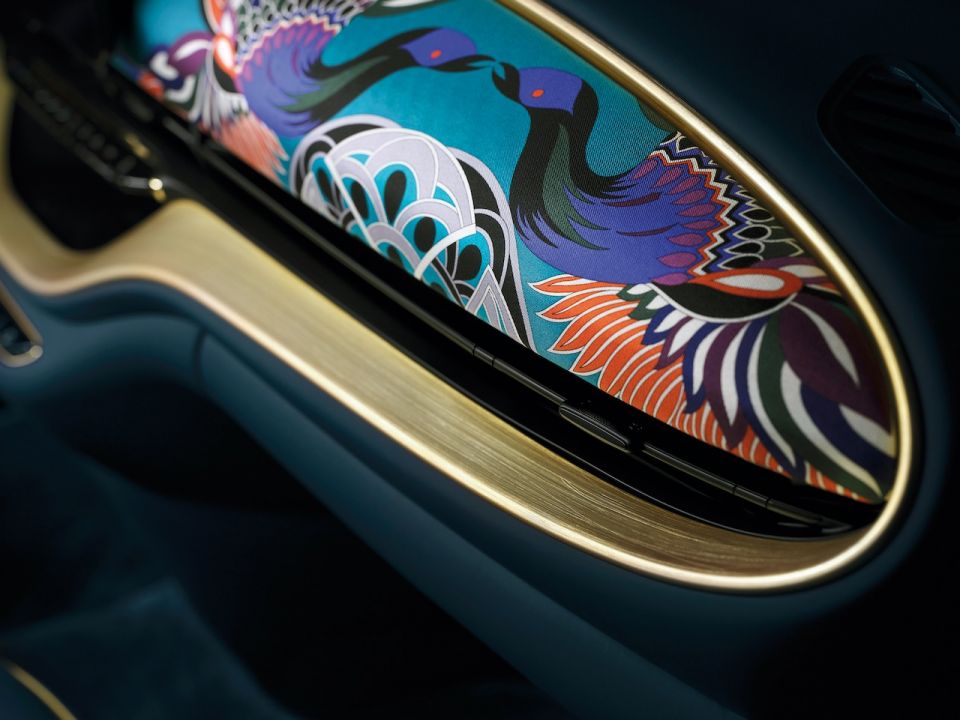

With the 500 Kartell, there’s a focus on sustainable materials – with ocean plastics fashioned in the same manner the brand uses to create its furniture and lamps.
There’s nylon fabric for the seats, once harvested from the ocean, while the headlights and wheels have been made from recycled cars.
Pricing for the La Prima has been set at €37,900 ($63,409) and you can reserve your car now online by choosing the colour and making a €500 refundable deposit.
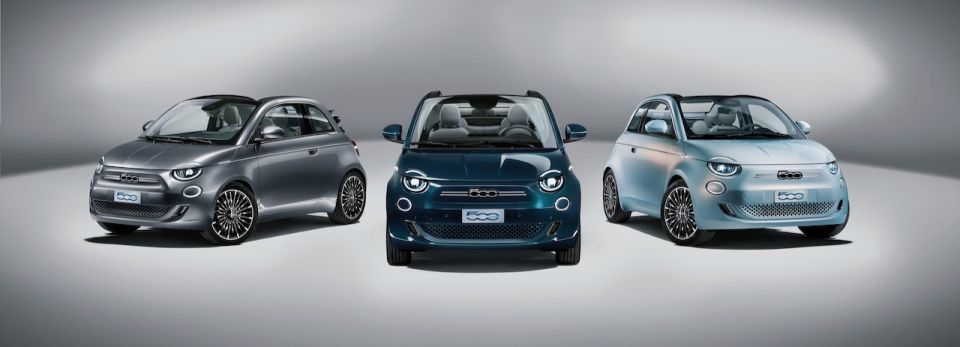
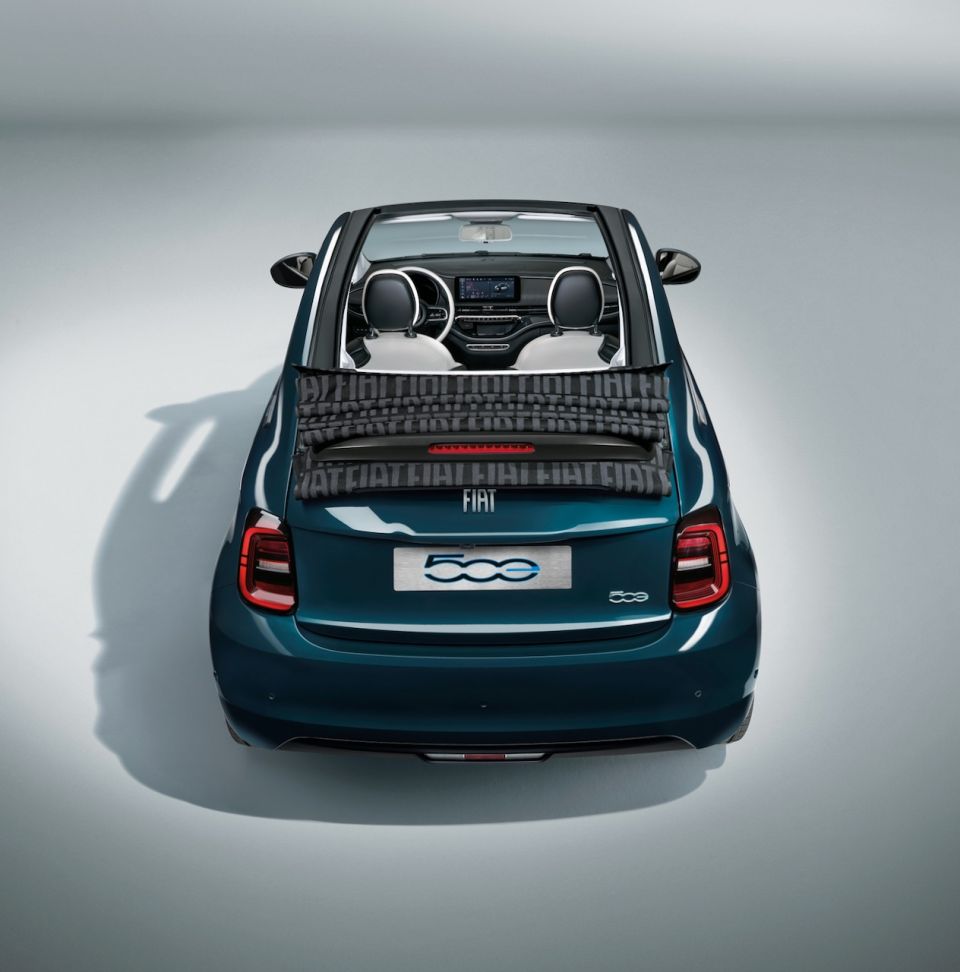
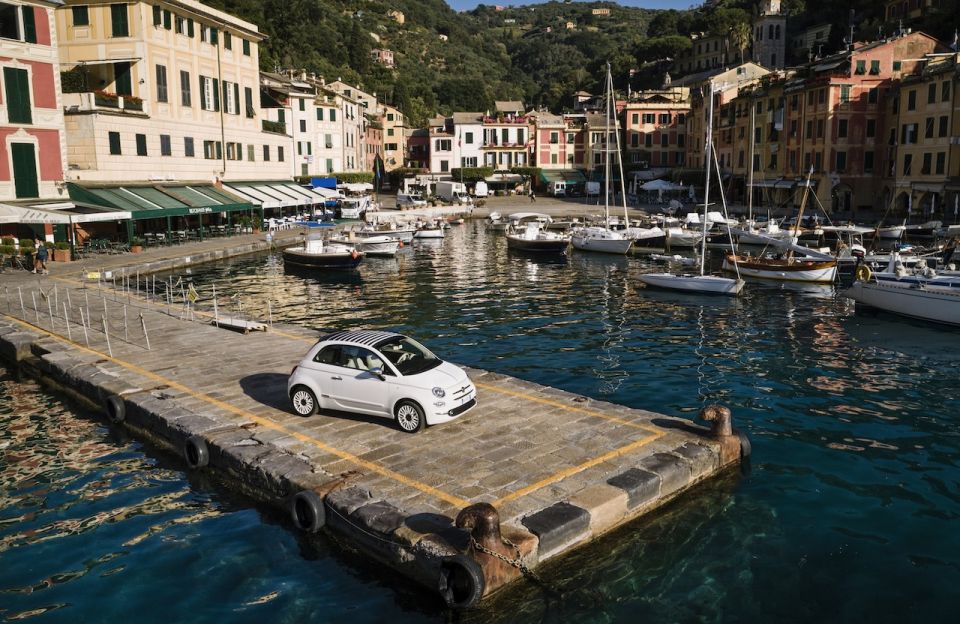
Fiat Chrylser Australia told CarExpert the new Fiat 500 is on the wish list – but it’s still working on the business case.
Where expert car reviews meet expert car buying – CarExpert gives you trusted advice, personalised service and real savings on your next new car.


Andrew Maclean
5 Days Ago


Shane O'Donoghue
5 Days Ago


Anthony Crawford
4 Days Ago


Matt Campbell
3 Days Ago


James Wong
2 Days Ago


Max Davies
13 Hours Ago